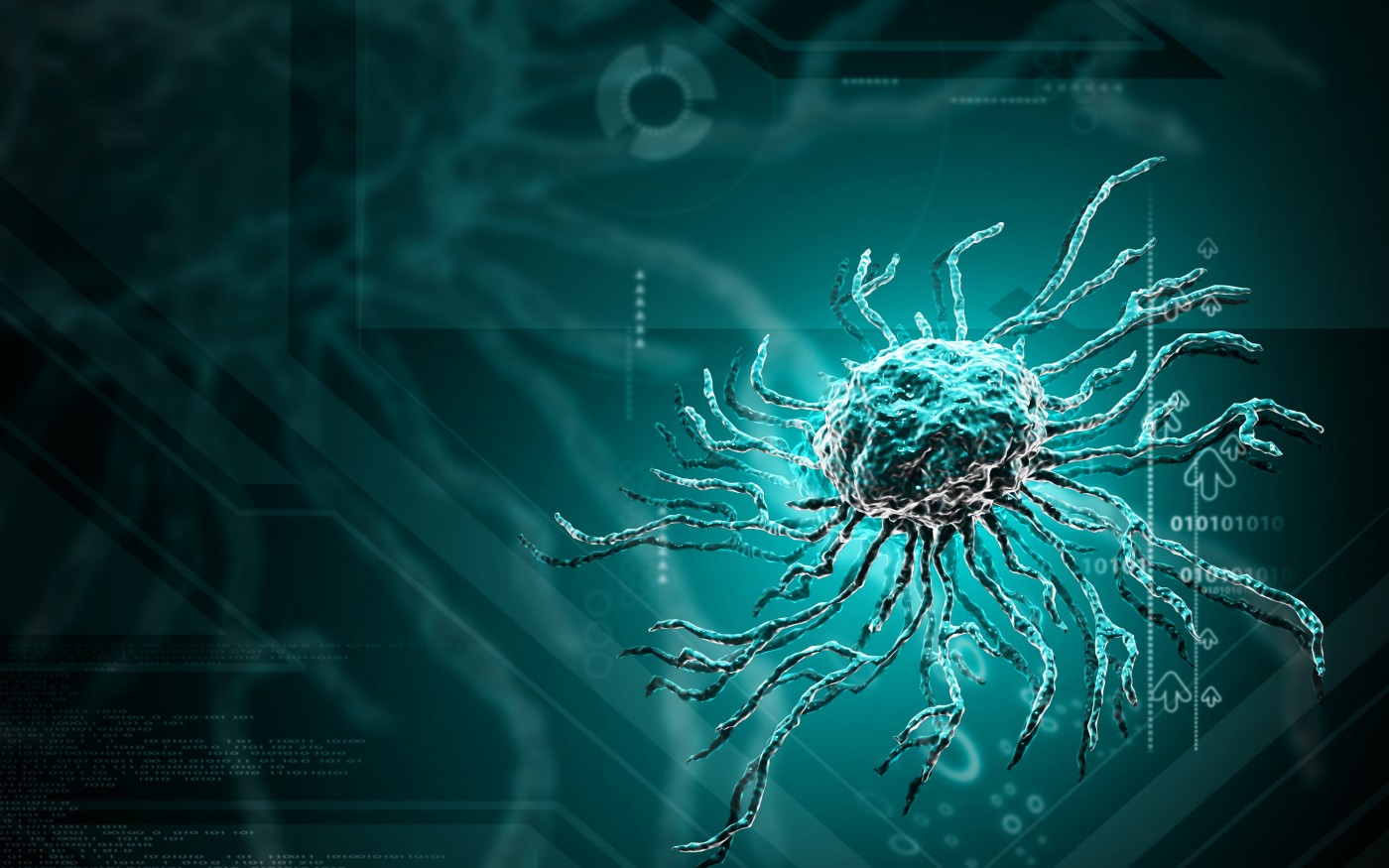New, Faster Stem Cell Protocol May Accelerate Mitochondrial Disease Treatment

A study recently published in the journal Stem Cell Reports revealed a new method to significantly reduce the time necessary to reprogram and genetically correct stem cells to be used in therapeutic regenerative medicine, including for mitochondrial diseases. The study is entitled “Simultaneous Reprogramming and Gene Correction of Patient Fibroblasts” and was led by researchers at the Morgridge Institute for Research in Madison, Wisconsin and the Murdoch Children’s Research Institute (MCRI) in Australia.
Stem cells are undifferentiated cells that have the remarkable potential to differentiate into the several different specialized cells of the body, such as cells from the skin, bone, muscle, etc. These cells represent great promise for several medical conditions, especially given the fact that their DNA can be efficiently and precisely modified in cases where people suffer from genetic disorders. The generation of genetically modified stem cells, however, usually involves several steps and requires a lengthy protocol that can take more than three months.
In the study, researchers led by Dr. Sara Howden developed a new method to generate genetically repaired stem cells from skin cells (fibroblasts) of adult patients in a time period as short as two weeks. The team combined two key steps when preparing stem cells for therapeutic purposes. The first step is to reprogram adult cells into an embryonic cell-like state so that it can differentiate into the cells of interest. The second step includes a sophisticated gene editing process to the cells so that the disease-causing mutation can be properly corrected.
Researchers showed that their novel approach could be successfully applied in skin cells derived from an adult patient suffering from retinal degeneration, and from an infant with severe immunodeficiency.
“The method developed in our study could potentially advance transplant medicine by making gene-corrected cells available to patients in a much more timely manner, and at a lower cost,” noted Dr. Howden in a news release. “It will have implications immediately for researchers working in regenerative medicine.”
“If you want to conduct therapies using patient-specific iPS [induced pluripotent stem] cells, the timeline makes it hard to accomplish,” added Dr. James Thomson, study’s senior author and stem cell pioneer researcher. “If you add correcting a genetic defect, it really looks like a non-starter. You have to make the cell line, characterize it, correct it, then differentiate it to the cells of interest. (…) In this new approach, Dr. Howden succeeded in combining the reprogramming and the gene correction steps together using the new Cas9/CRISPR technology, greatly reducing the time required.”
Researchers believe this method can be especially important in infants where an urgent medical intervention is necessary, such as severe immunodeficiency, heart disorders or mitochondrial diseases.
One of the team’s next goals is to adapt the protocol to blood samples instead of skin samples, as the collection of blood is less invasive than a skin biopsy and cells may need less time to be reprogrammed than skin cells.






